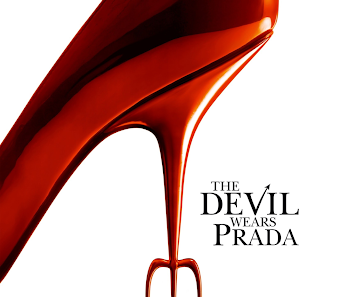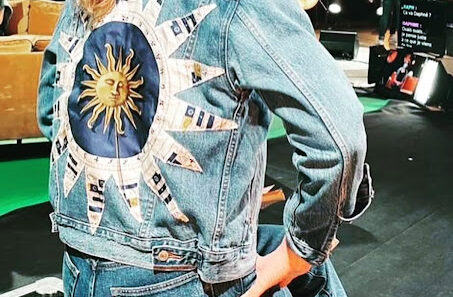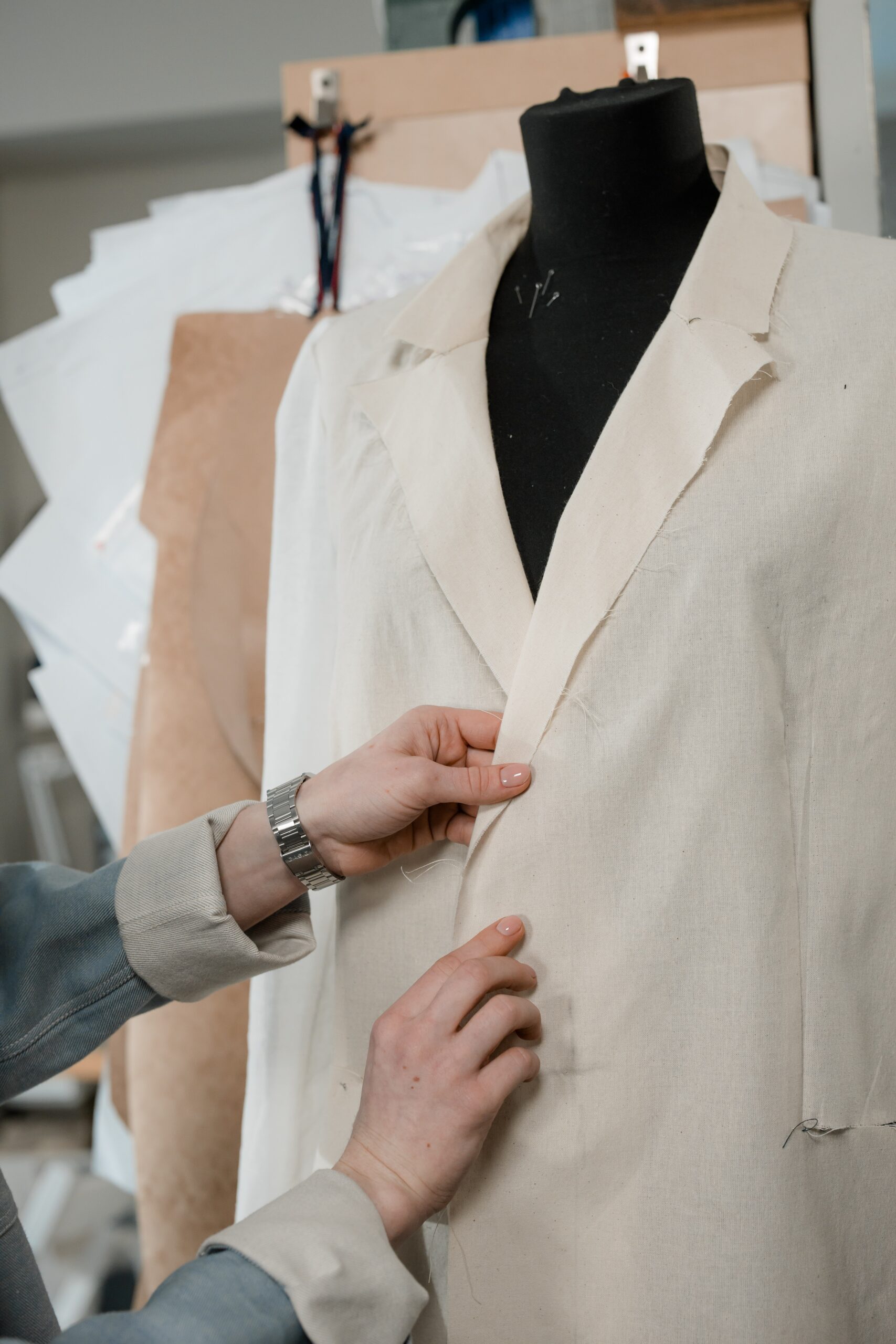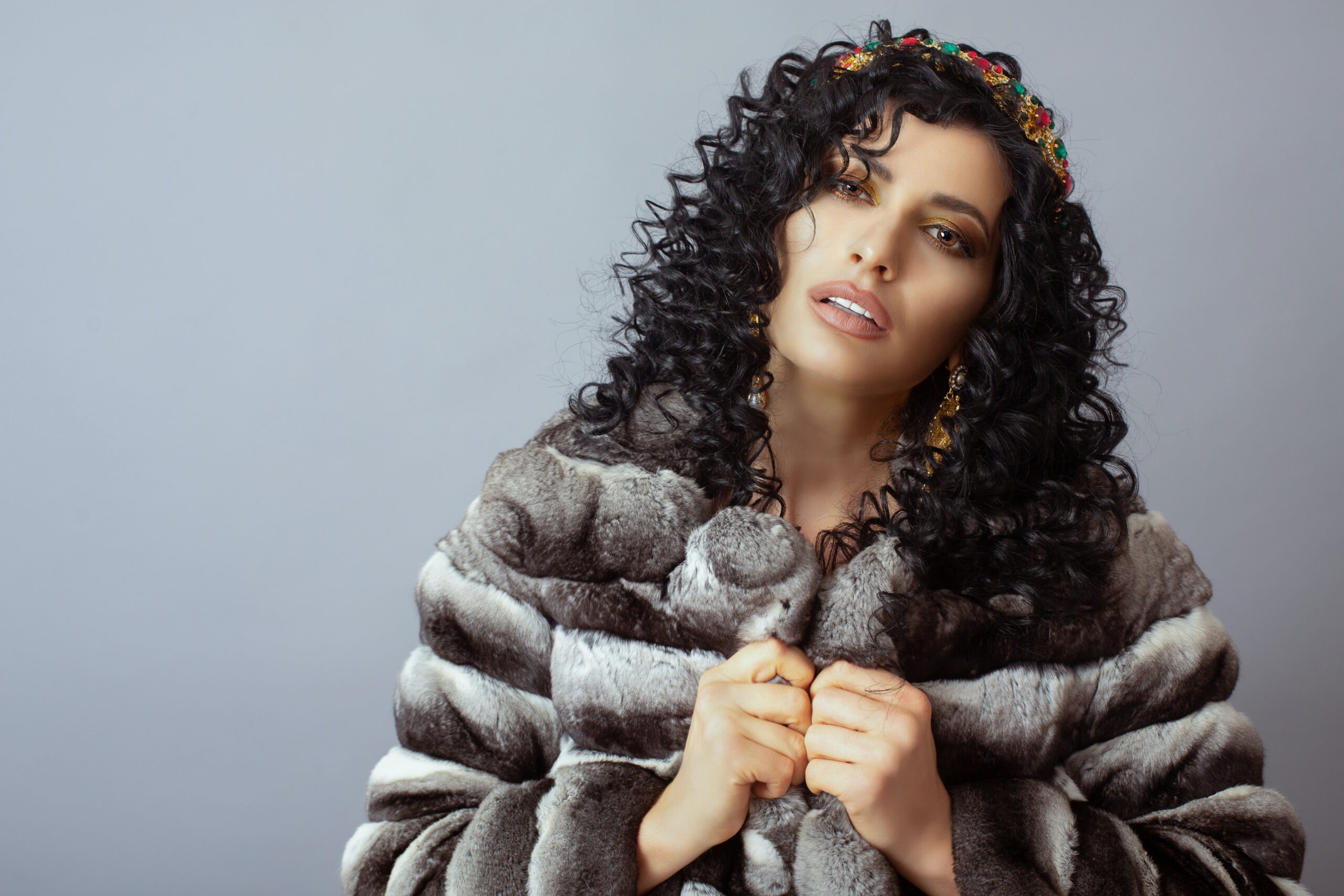Contracts/Agreements (hereinafter mentioned as “Agreements”) make it to the top of the list when it comes to the effective functioning of a business, no matter what the industry is. The fashion industry has evolved tremendously in such a short span of time. The industry is home to numerous employees and contributes significantly to a nation’s economy. This article shall focus upon the various Agreements which ensure smooth functioning of the industry with minimum liability. Divided into three stages, we will look at the most important facets of contracts which play a vital role in administering the fashion business.
Stage I: Making of the Product
This is the initial stage. Here we will take a look at the Agreements that are necessary for the manufacturing of the products i.e Manufacturing Agreements and Private Label/ White Label Agreements.
- Manufacturing Agreements
A manufacturing agreement is contracted between two parties, the designer and the manufacturer. Here, the product designer demands the creation of the goods (clothing items, accessories, footwear, bags, etc.) on his/her behalf from the manufacturer. The Manufacturing Agreement must include the following clauses:
- Quantity of the Product.
- Shipment: How will the products be shipped to the designer by the manufacturer.
- Modes of Payment: What shall be the outstanding amount and how will the payment be made.
- Dates of Delivery: When will the product be delivered?
- Product Specifications: Maintaining the quality of the product.
- Details about the manufacturer.
- Intellectual Property (IP) Rights: Designers ownership of the intellectual property.
- Liability of both the Parties.
- Private Label/ White Label Agreements
Under Private Label/White Label (A.G. Paphitis & Co.) Agreements the designer sells products manufactured under their brand. The manufacturing companies provide the designers with their product, the company on the other hand markets the product as their own. This method minimizes the designing cost, manages time, and lifts off the burden from the designer’s head. A very popular example of a Private Label (Lamb) is AmazonBasics. It is an in-house brand of Amazon which includes a variety of products ranging from electronics to house goods at a much cheaper cost than other competitive brands.
The Private Label/White Label Agreements must include the following clauses:- Price of the Product.
- Quantity of the Product.
- An assurance of the quality of the product.
- Right of selling the product under a specified trademark.
- Liability of both the parties.’
Stage II: Breaking the Product Out
Under the second stage, we will look at the Agreements necessary for the product to reach the market i.e Consignment Agreement, Showroom Agreement, and Independent Sales Representation Agreement.
- Consignment Agreement
A Consignment Agreement (Practical Law Commercial) is a contract between the designer and the retailer where the former consents to the latter to sell the design at his/her marketplace for a particular period of time. If the goods are not sold by the retailer they are returned to the designer company.
The Consignment Agreement must include the following clauses:
- Term and Termination of the Agreement.
- Terms of Sale for the Designer Goods.
- Percentage/Profit Percentage each party tends to receive.
- Effect of non-sale on the Designer Goods.
- Showroom/Dealership Agreement
A Showroom/Dealership Agreement is a contract between the owner of the showroom and the designer. The dealer grants the designer permission to showcase his/her products at their showroom. The dealer owes the designer the responsibility to not only showcase his/her items but also to introduce the products to its buyers and sell them.
A Showroom/Dealership Agreement must include the following clauses:
- Term and Termination of the Agreement.
- Quantity and Quality Assurance of the Products.
- Modes of Payment.
- Shipping Policy.
- Dates and Methods of Delivery.
- Specifications of the Product(s).
- Details of the Designer.
- Intellectual Property Rights
- Liability of both the Parties.
- Independent Sales Representation Agreement
An Independent Sales Representative (also known as Sales Rep Agreement) Agreement (Guillermo and Kolson, 178) is a contract between the designer company and a sales representative where the company assigns the representative to display their collection to the list of his/her customers. The representative is obligated to take orders and pass the details to the designer company. Representatives are offered a commission on the sales by the designer company. This Agreement is quite similar to the Showroom Agreement.
The Sales Rep Agreement must include the following clauses:
- Term and Termination of the Agreement.
- Representative’s Obligations.
- Exclusivity of the Products.
- Products and Territories covered by the Representative.
- Commission of the Representative.
- Guaranteed Percentage of Orders by the Representative.
- Showroom Tariff.
Stage III: Expanding the Brand
The third stage is where we expand our fashion brand with the following agreements i.e Licensing Agreement, Joint Venture (JV) Agreement and Distribution Agreements. These agreements will safeguard and widen the business of the designer company.
- Licensing Agreement
A Licensing Agreement is a contract between the designer company and a second party where the company permits the use of the trademark within a specified territory for a limited period. This process is generally used to increase territorial reach and ensure a constant supply of products without investing a huge amount of funds. The designer companies can avoid the struggle of building new manufacturing units and gathering the sales segment.
A Licensing Agreement must include the following clauses:
- Term and Termination of the Agreement.
- Assignment of Products.
- Clause of Exclusivity.
- Channel of Sale.
- Royalty Payments.
- Use of Manufacturers
- Use of Retailers
- Use of Wholesalers
- Licensed Trademarks
- Intellectual Property Rights (IP) Rights
- Liability of both the Parties.
- Joint Venture (JV) Agreements
A Joint Venture (JV) Agreement is a contract between two companies where both come together to create a fresh establishment with their competence. Bally-Reliance Brand Limited (RBL), Karl Lagerfeld-Cover Story, Raghvendra Rathore-Reliance Brand Limited (RBL), Shantanu & Nikhil-Aditya Birla Fashion & Retail Limited (ABFRL) are a few of numerous JV’s (Vogue Business) running in India. In a JV, both the brands invest and share the revenue plus profits.
A Joint Venture (JV) Agreement must include the following clauses:
- Term and Termination of the Agreement
- Initial Investments by both the Parties.
- Classification of Products.
- Registered Trademarks and Licenses.
- Intellectual Property (IP) Rights.
- Renewal of the Agreements.
- Profit Division.
- Advertisement & Marketing.
- Rights of Audit
- Distribution Agreements
A Distribution Agreement is a contract that is used to build trading relations between the distributor and retail outlets. The distributor collects the products from the designer company and trades them with the retail houses. The Distribution Agreements can be Exclusive, Non-Exclusive, Selective and Sole.
- Exclusive Distribution Agreement
Under the Exclusive Distribution Agreement, the manufacturer allows only one distributor to trade the products with the retail outlets. - Non-Exclusive Distribution Agreement
Under the Non-Exclusive Distribution Agreement, the designer company authorises multiple distributors to resell the products to the retail houses. - Selective Distribution Agreement
Under the Selective Distribution Agreement, the company permits the distributors to resell to selected retail houses. This agreement is often used by luxury brands. - Sole Distribution Agreement
Under the Sole Distribution Agreement, the supplier appoints one distributor as their sole distributor within a geographical area.
A Distribution Agreement must include the following clauses:
- Reserved Channels.
- Classification of Products.
- Intellectual Property (IP) Rights.
- Renewal of the Agreements.
- Distributor’s Obligations.
- Fashion Company’s Right to Terminate.
- Terms of Delivery
- Royalty Payments
Bibliography
- A.G. Paphitis & Co. “White Label Agreement in Simple Terms.” AGP Law, 2018, https://www.agplaw.com/white-label-agreement-in-simple-terms/ Accessed 30 08 2021.
- Guillermo, Jimenez C., and Barbara Kolson, editors. Fashion Law: A Guide for Designers, Fashion Executives & Attorneys. Bloomsbury Publishing India Private Limited, 2014. Google Books, https://books.google.co.in/books?id=0BMRAwAAQBAJ&pg=PA178&lpg=PA178&dq=fashion+brands+under+sales+rep+agreement&source=bl&ots=gGQgs-q55j&sig=ACfU3U2F9hmPtCAkney5wrV7mcuGfUN-_Q&hl=en&sa=X&ved=2ahUKEwiFz7uSjtryAhUUheYKHZV5A7kQ6AF6BAgmEAM#v=onepage&q=fashion%.
- Lamb, Kevin. “All You Need to Know About Amazon’s Private Label Brands.” Pattern.com, 2021, https://pattern.com/blog/all-you-need-to-know-about-amazons-private-label-brands/. Accessed 30 8 2021.
- Practical Law Commercial. “Consignment Agreement.” Thomson Reuters, 2021, https://uk.practicallaw.thomsonreuters.com/2-592-3086?transitionType=Default&contextData=(sc.Default)&firstPage=true. Accessed 30 08 2021.
- Vogue Business. “The brewing battle between India’s two luxury conglomerates.” Vogue Business, 2021, https://www.voguebusiness.com/companies/the-brewing-battle-between-indias-two-luxury-conglomerates. Accessed 30 08 2021.
















